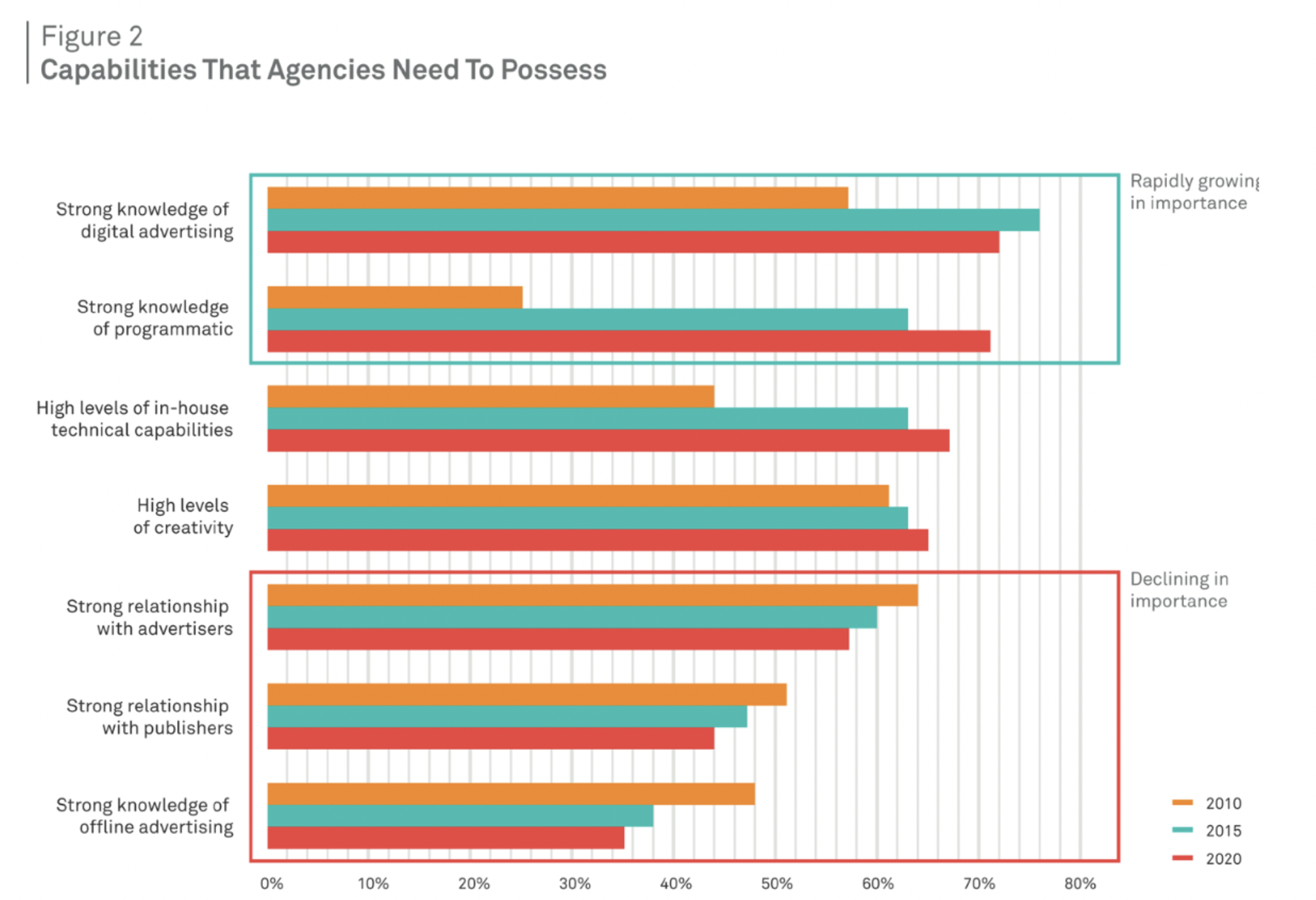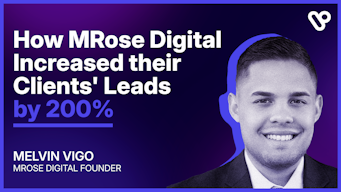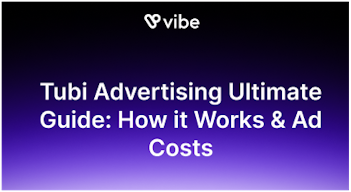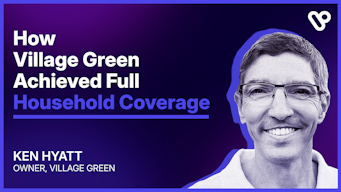What is Programmatic CTV?
How to achieve low CPMs, vast scalability, and broad reach with Vibe.co
It’s hard to overstate how deeply programmatic advertising has changed the digital advertising landscape, and yet I can’t tell you how many times I’ve spoken to marketing executives who sheepishly admitted to barely understanding what it actually meant. Simply put, programmatic advertising is the use of machine learning to automate digital media buying, which is both an obvious continuation of the overall automation of most industries and a profound paradigm shift in advertising methodology.

Programmatic advertising’s most recent inroad is in the CTV landscape, where it allows advertisers to place ads on television in real time, targeting by customer rather than by channel, at a fraction of broadcast TV upfront costs. There are, however, several obvious challenges to investing blindly in programmatic: a greater exposure to fraud, a less brand-safe environment, and a potential lack of transparency. That’s why it is essential for marketers to work with strategic partners who have the relationships and tools necessary to keep their ad environment safe.
But first let’s be clear about what we’re discussing. So here it is, folks, the good, the bad, and the ugly of programmatic advertising.
What is Programmatic Advertising?
Programmatic advertising is the use of automated technology to buy advertising space, instead of manually sending or responding to insertion orders, RFPs, or contracts with every new media partner. It uses machine learning and data insights to serve ads to the right user at the right time, at the right price. But be careful! It is crucial to ask about a prospective partner’s bidder when exploring a new partnership, since the machine learning it has (or hasn’t) accumulated will essentially stand in for what would have been a sales and media buying team in an old-school media upfronts ecosystem.
There are three main types of programmatic buying: open auction, private marketplace (PMP), and programmatic direct. Most DSPs (like Vibe.co) deal with a mix of all three.
- Open auction: Also known as Real Time Bidding (RTB), it allows the buyer to bid for inventory that has not already been sold privately in real time. It is a cost effective way to scale campaign reach quickly and economically. Thanks to automation, RTB allows for better and quicker targeting, where instead of targeting an entire network or channel because you think your target audience will be watching, you can bid only on impressions who are in your target audiences.
- Private Marketplace (PMP): Bidding for inventory in a private marketplace is the same process as bidding by open auction except you will need to work with a partner (like Vibe.co) who has access to those restricted markets. Private marketplaces make it easier for bidders to avoid fraud, have access to more “premium” inventory (although that definition is always shifting), and collect more transparent reporting.
- Programmatic Direct: A Programmatic Direct system is really more of a hybrid model, involving both the “manual” agreement between advertisers and publishers to spend a certain amount over a certain period of time (bypassing auction), and the automation of programmatic buying.
As with most digital strategies, advertisers would do well to diversify their approach by going for both volume (with open auction) and premium inventory (with private deals.)
What are the advantages?
Beyond the obvious benefit of efficiency, let’s take a closer look at the advantages of programmatic systems for performance marketing.
1. Targeting & Tracking => Insights & Low CPMs
Because programmatic ads are delivered in real time, ads can be shown to target audiences on an impression by impression basis without having to worry about pre-set channels, CPMs, or time slots: marketers can actually know they are speaking to the right audience instead of hoping they are. The same goes for tracking. Results come in as ad creatives are watched to completion… or not. Based on those results, marketers can adjust creative, spend, and target segmentation as their campaigns are running.

As the rate of wasted impressions diminishes, so too do the CPMs. Improving technology and accumulated machine learning are leading to great improvements in the quality of impressions and leads, pushing CPMs down and improving ROI, while providing valuable audience insights to digital advertisers.
2. Easier Implementation => Scale & Reach
Programmatic buying is automated according to preset targeting criteria, across multiple ad exchanges and networks, granting marketers access to far more ad space on dozens or even hundreds of channels/CTV apps at once - at no extra cost or staff. This is especially exciting for smaller brands who may not have the resources to manage campaign deployment with a bunch of different partners, at different prices: it’s an unprecedented opportunity to scale your marketing efforts without increasing the size of your team or budget.
3. Real Time Launch & Reporting => Flexibility
Because programmatic CTV campaigns can launch and report results instantly, advertisers can incrementally adjust their ads to better match shifting consumer preferences, macro political issues, viral trends, or anything else that could unpredictably affect consumer behavior. Beyond flexibility, the sheer speed of campaign buys has been found to increase targeted audience reach by over 30%!
A paradigm shift
Ultimately, the key to understanding programmatic is simple: don’t guess where people are to buy your ads, know who your people are and the machine will find where they are. For example, instead of directly buying from ESPN.com and assuming your target audience is consuming that content, programmatically purchase ads based on where your identified target audience is. This minimizes the amount of media wasted, which enhances a campaign’s performance and maximizes budget.
That’a probably why “CTV inventory/monetization is shifting more towards programmatic – to drive conversion, track users across the funnel, and exert greater control/precision vs. algo-based tools on Google/Meta,” according to Cleveland Research Company. In fact, they continued, “advertisers expect programmatic to be an area of outperformance in 2023 vs. overall digital & paid social due to strong/improving ROAS and the inclusion of more premium inventory.”
60% of brands are predicted to take their programmatic advertising in-house by 2022
And that growth isn’t limited to brands with deep pockets. Because programmatic TV buying is so efficient, programmatic actually helps advertisers and brands extend the boundaries of limited ad budgets 10 to 20 times farther, which is especially exciting for small to medium-sized marketers.
Vibe.co has been building data sets and developing its bidder for years, which means advertisers can trust us to deliver programmatic campaign performance with the accuracy and transparency they need.


